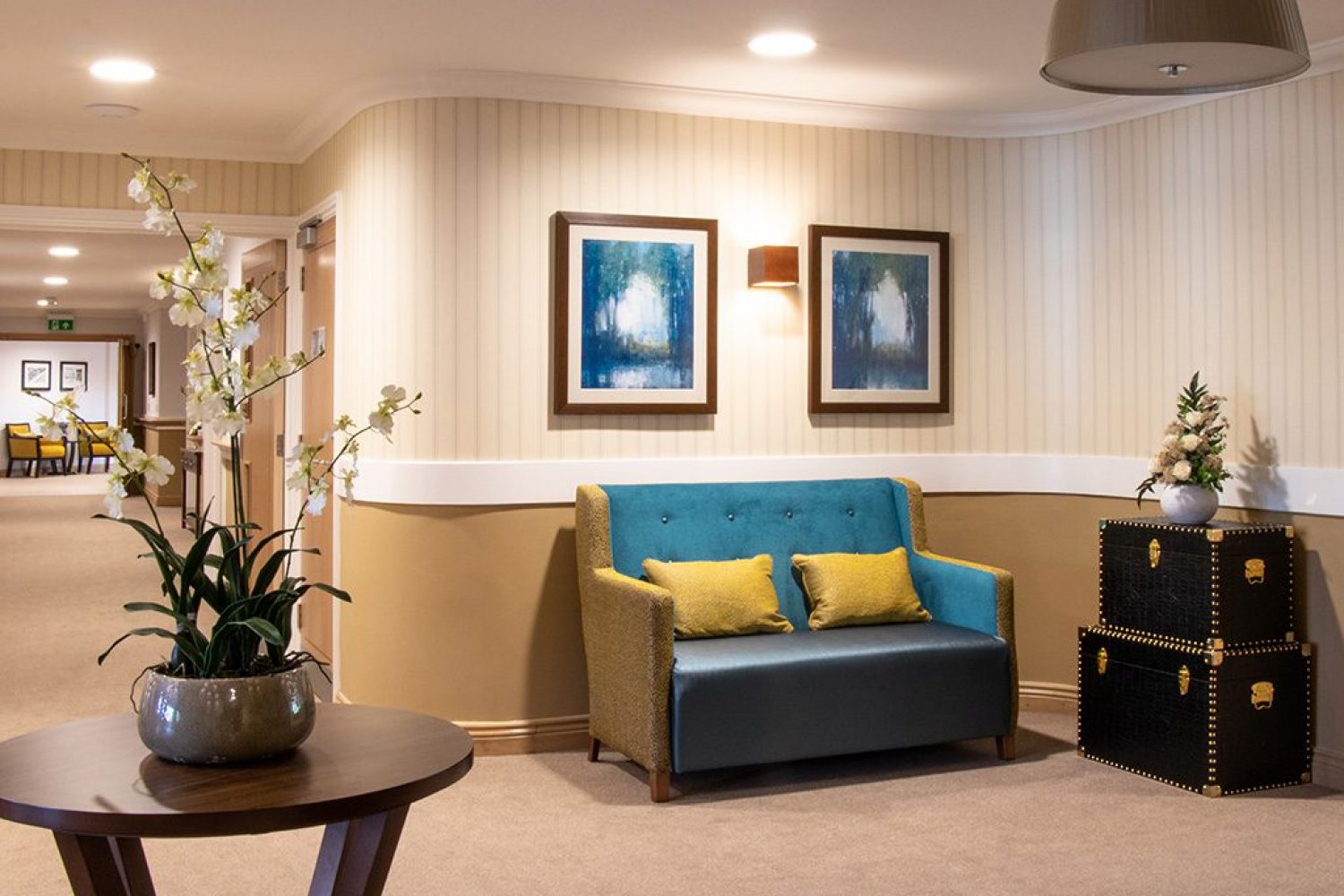- Article
- Jordan Cantley
Profiling Care Beds Need to purchase profiling care beds? Skip to our product page. Browse Beds>>. In This Article The principles of person centred care How profiling beds fit into person centred care How

A challenging environment by it’s very nature has to be able to withstand extreme forces and pressures at times, which can often mean that the furniture and furnishings available for these interiors can appear institutional and unhomely. An environment is well known to be able to have a profound impact on a persons’ mood, there are vast amounts of studies into the effects of different colours, layouts and the amount of natural light available, amongst many other important factors. How can we incorporate some of these techniques and learnings into challenging environments to create a space that is both suitable, robust and sustainable, but also gives the residents’ a feeling of calm and contentment in what is their home? In this blog we explore some of the ways that small changes can go a long way to creating an environment that is a far cry from the institutional settings of the past.
Reactions to colours often have both a psychological effect as well as a physical effect. For instance, red is often seen as a warning colour, whereas the cool tones of blue are more calming. This is of course subjective depending on the individual and their preferences, but adding colour to what can often be a bland space will provide visual stimulation as well as interest. Creating a neutral space may seem practical as you know it will not offend or upset any individual, but it is not normally reflective of the users’ vibrant personalities or the homes they may be used to. There are some simple ways to add colour to a space without breaking the bank:
It can be tempting to furnish an entire property in the same faux leather for ease of both use and specification. However, there are some great opportunities to add in some texture to your sofas and chairs that are youthful and exciting.
Spending time outside in nature is well documented to improve mental health and general wellbeing. Unfortunately, with British weather it’s not always possible or practical to be outside. But there are ways to bring nature into our services that will benefit the service users.
As specialists in providing interiors for challenging environments, we understand the importance of creating practical and safe interiors that also support the service users and provide them with a real homely feeling. We hope you’ve been able to take away some tips from this blog and if you’d like any advice from our team, you can contact us on 01603 664 900 or sales@furncare.co.uk.
Donate to the Care Workers Charity and make a difference.
| Cookie | Duration | Description |
|---|---|---|
| cookielawinfo-checkbox-analytics | 11 months | This cookie is set by GDPR Cookie Consent plugin. The cookie is used to store the user consent for the cookies in the category "Analytics". |
| cookielawinfo-checkbox-functional | 11 months | The cookie is set by GDPR cookie consent to record the user consent for the cookies in the category "Functional". |
| cookielawinfo-checkbox-necessary | 11 months | This cookie is set by GDPR Cookie Consent plugin. The cookies is used to store the user consent for the cookies in the category "Necessary". |
| cookielawinfo-checkbox-others | 11 months | This cookie is set by GDPR Cookie Consent plugin. The cookie is used to store the user consent for the cookies in the category "Other. |
| cookielawinfo-checkbox-performance | 11 months | This cookie is set by GDPR Cookie Consent plugin. The cookie is used to store the user consent for the cookies in the category "Performance". |
| viewed_cookie_policy | 11 months | The cookie is set by the GDPR Cookie Consent plugin and is used to store whether or not user has consented to the use of cookies. It does not store any personal data. |